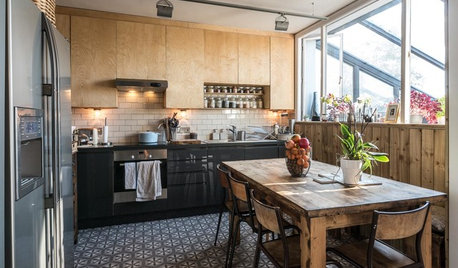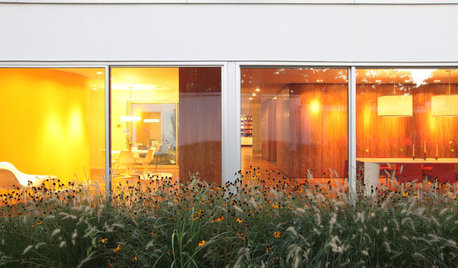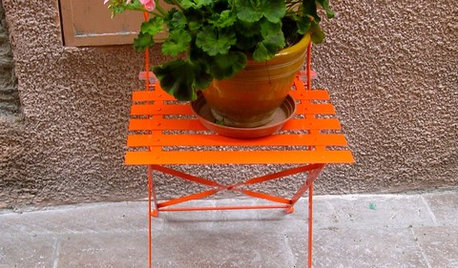Mounted, potted, or best of all, both.
orchidnick
10 years ago
Related Stories

KITCHEN DESIGNA Two-Tone Cabinet Scheme Gives Your Kitchen the Best of Both Worlds
Waffling between paint and stain or dark and light? Here’s how to mix and match colors and materials
Full Story
DECORATING GUIDES6 Ways to Get a Decorated Room You'll Both Love
Blending two different design styles? These decorating strategies will help you harmonize without compromising a successful result
Full Story
WINDOWSGet the Story of Wonderful Windows From Both Sides
Consider the ins and outs of these unusual glass architectural features to see how marvelous windows can be
Full Story
GARDENING AND LANDSCAPINGPotted Plants Perk Up the Streets of Coastal France
Dotting a stairway or perched on a café table, plants in colorful pots and vibrant flowers make a picturesque scene in a town on the coast
Full Story
GARDENING AND LANDSCAPINGGet the Dirt on Potting Benches
Possibly a gardener's best friend, potting benches have some surprising uses both outdoors and inside the home
Full Story
ACCESSORIESCollective Wisdom: Display Ideas for Collections of All Kinds
Show your interests without exposing clutter by going for artful arrangements with a unified feel
Full Story
LOFTSHouzz Tour: A Toronto Loft Goes All White
The renovation of a unit in a former candy factory pairs a pristine backdrop with ’70s furnishings
Full Story
KITCHEN DESIGNWhat to Know When Choosing a Range Hood
Find out the types of kitchen range hoods available and the options for customized units
Full Story
UNIVERSAL DESIGNKitchen of the Week: Good Looking and Accessible to All
Universal design features and sustainable products create a beautiful, user-friendly kitchen that works for a homeowner on wheels
Full Story
KITCHEN DESIGNStash It All: Know the 3 Zones of Kitchen Storage
Organize storage space around your kitchen’s main activities for easier cooking and flow
Full Story








jane__ny
arthurm
Related Professionals
Beachwood Landscape Architects & Landscape Designers · Biloxi Landscape Contractors · Chesapeake Ranch Estates Landscape Contractors · Edwardsville Landscape Contractors · Homewood Landscape Contractors · Uxbridge Landscape Contractors · Vermilion Landscape Contractors · Waipahu Landscape Contractors · Ferguson Landscape Contractors · Brighton General Contractors · Claremont General Contractors · Forest Hills General Contractors · Fort Lee General Contractors · Ken Caryl General Contractors · Universal City General Contractorswestoh Z6
orchidnickOriginal Author
orchidnickOriginal Author